Valves UK
Festo DFPD-20-RP-90-RS60-F05 Pneumatic Actuator (Spring Return)
Festo DFPD-20-RP-90-RS60-F05 Pneumatic Actuator (Spring Return)
Couldn't load pickup availability
The Festo DFPD-20-RP-90-RS60-F05 Pneumatic Actuator is a Spring Return rotary actuator engineered for precision, reliability, and durability in industrial valve automation applications. Featuring a 90° rotary angle and a 20 mm bore, this compact actuator delivers smooth and accurate quarter-turn motion, making it ideal for operating ball valves, butterfly valves, and other rotary-type valves.
Key Features:
Type: Spring Return pneumatic rotary actuator
Rotary angle: 90°
Bore size: 20 mm
Maximum operating pressure: 8 bar
Absolute maximum pressure: 24 bar
Port connection: G1/8”
Mounting interface: F05
Weight: 1.3 kg
Series: Festo DFPD
Model number: 8048013
Smooth, precise operation for valve automation
Durable and reliable Festo design
Share
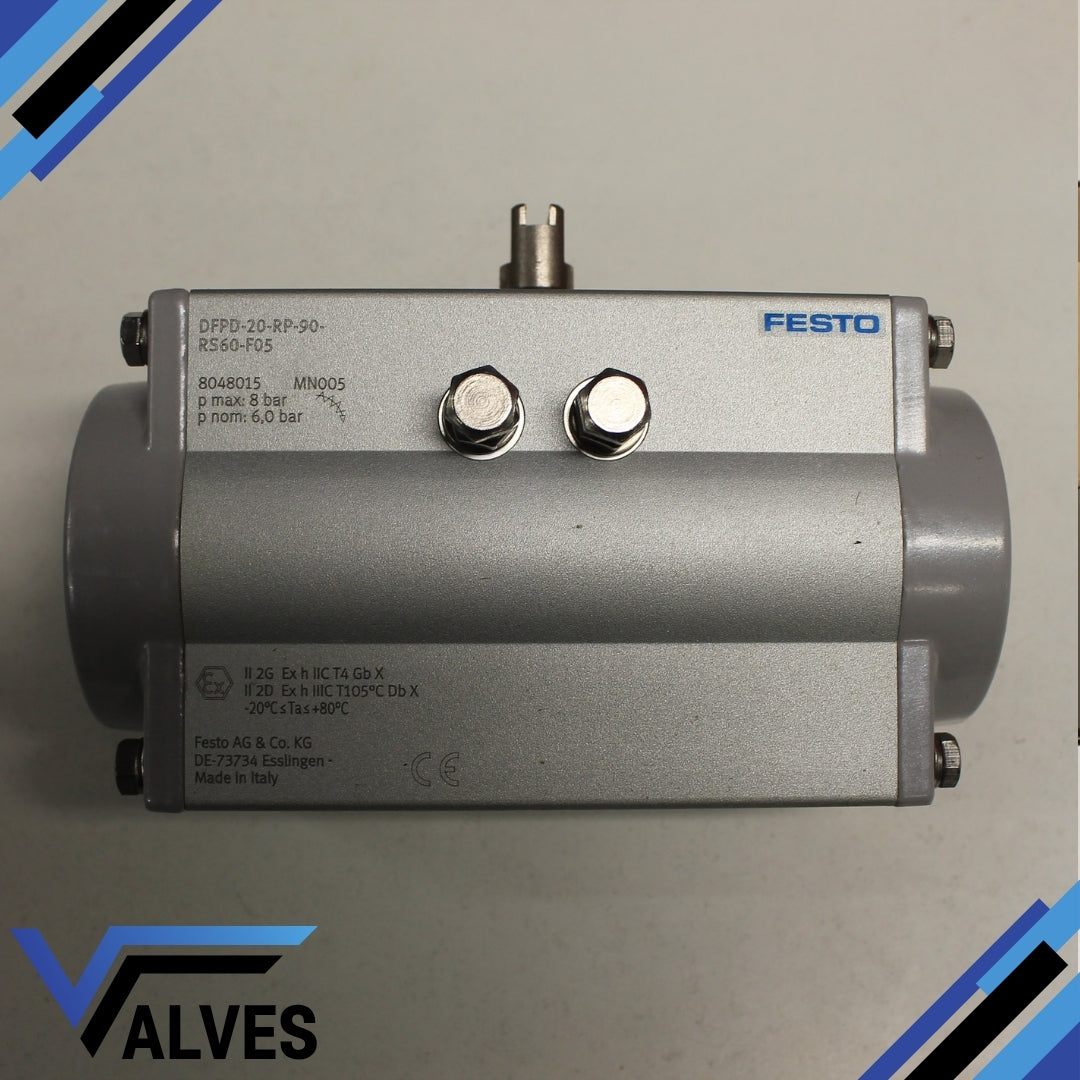
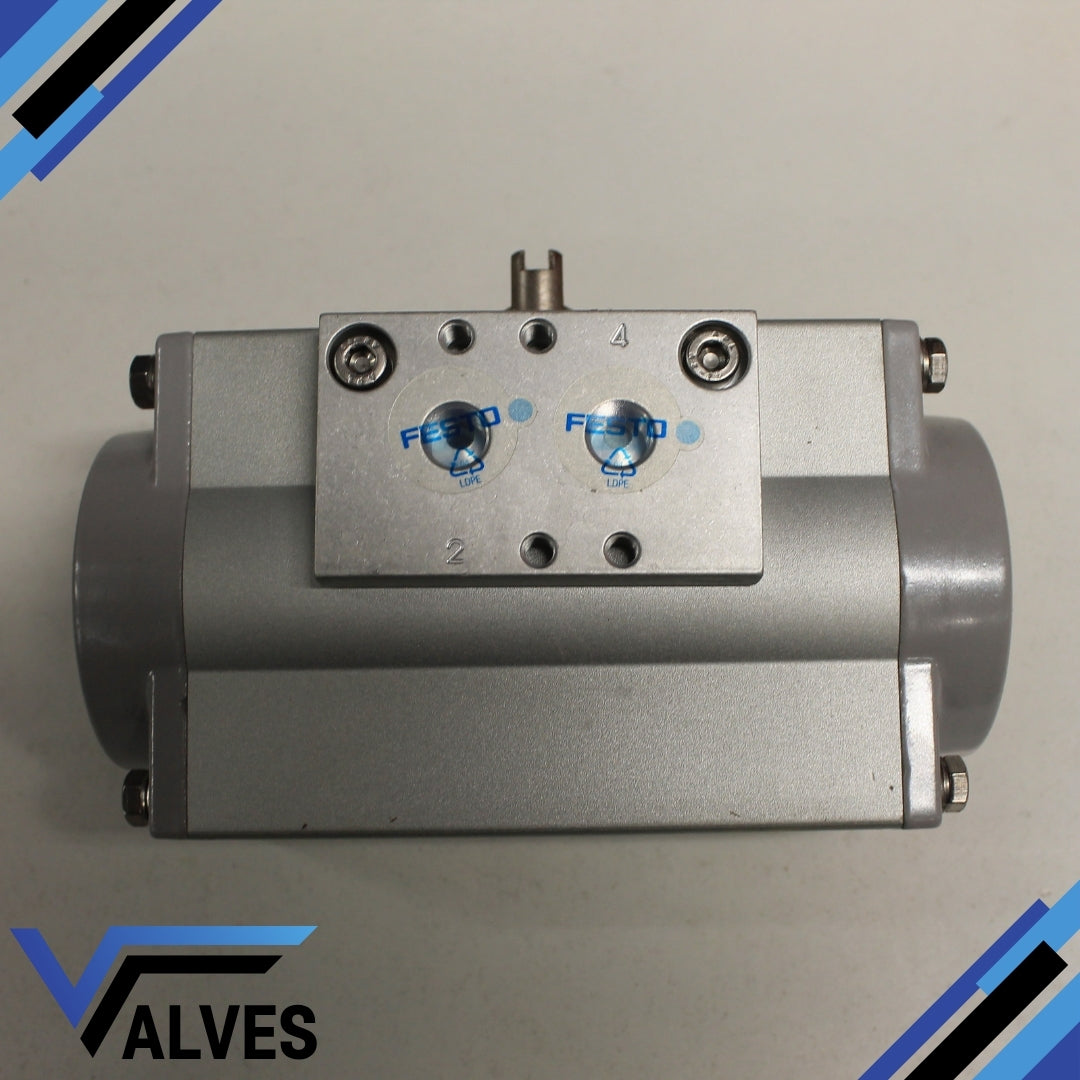
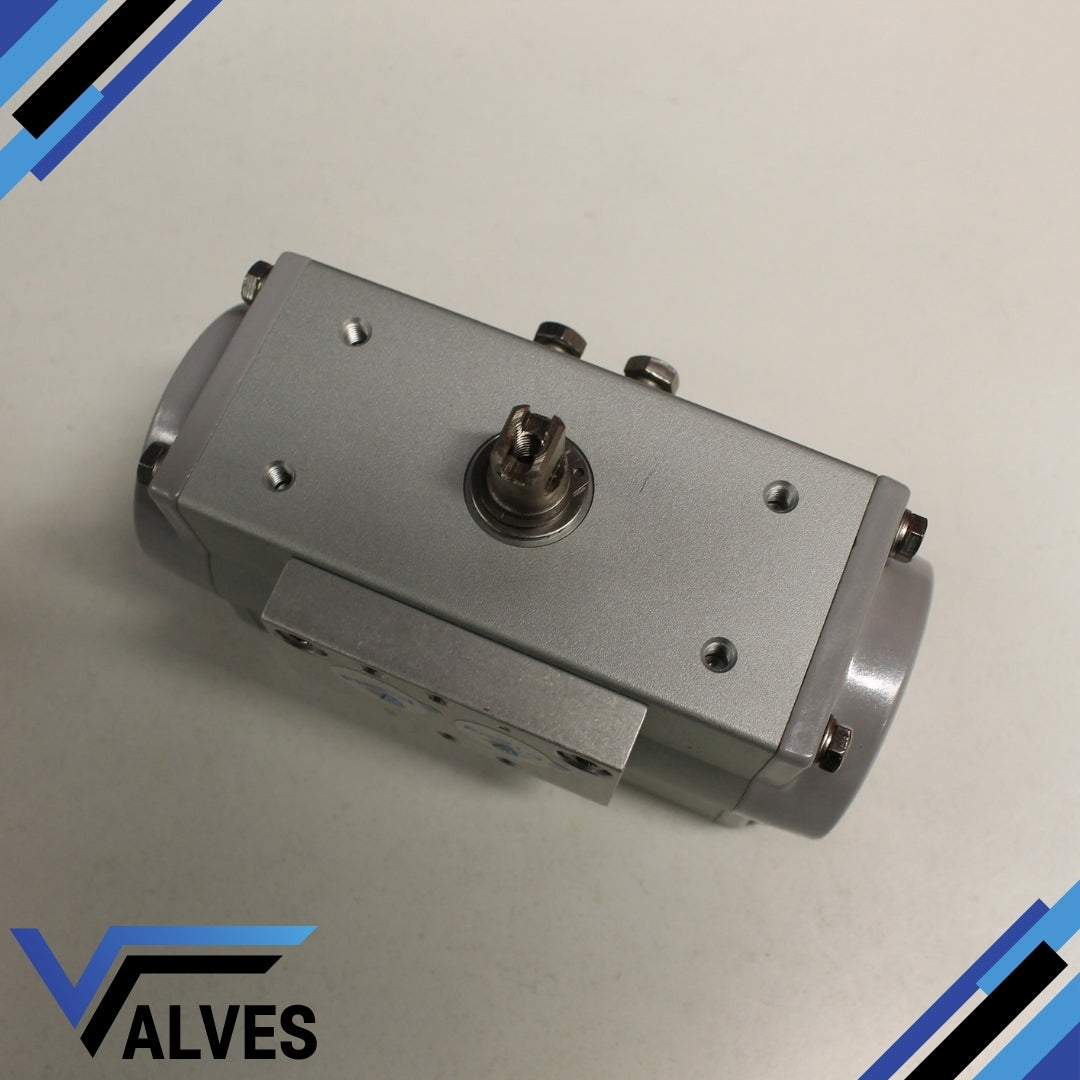
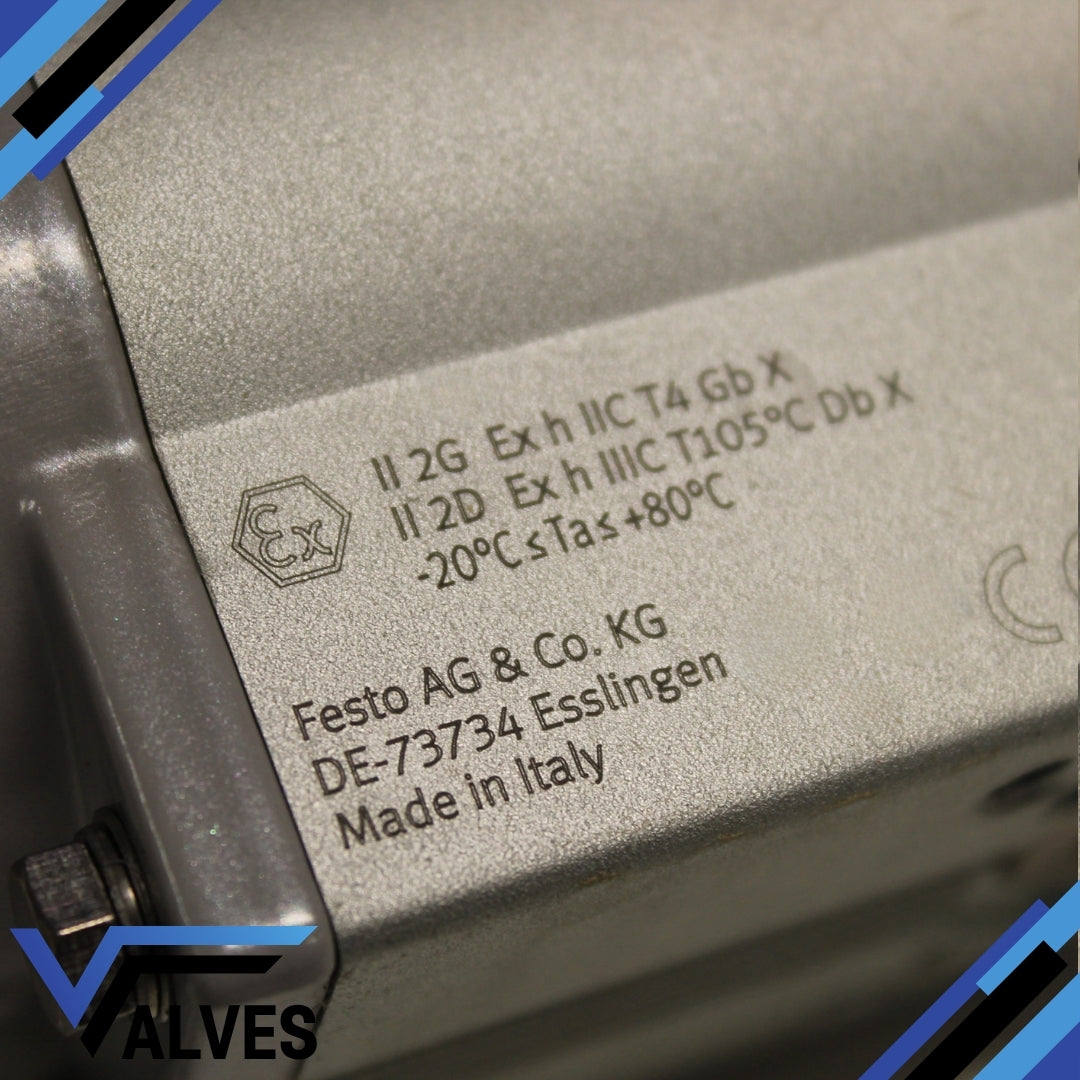
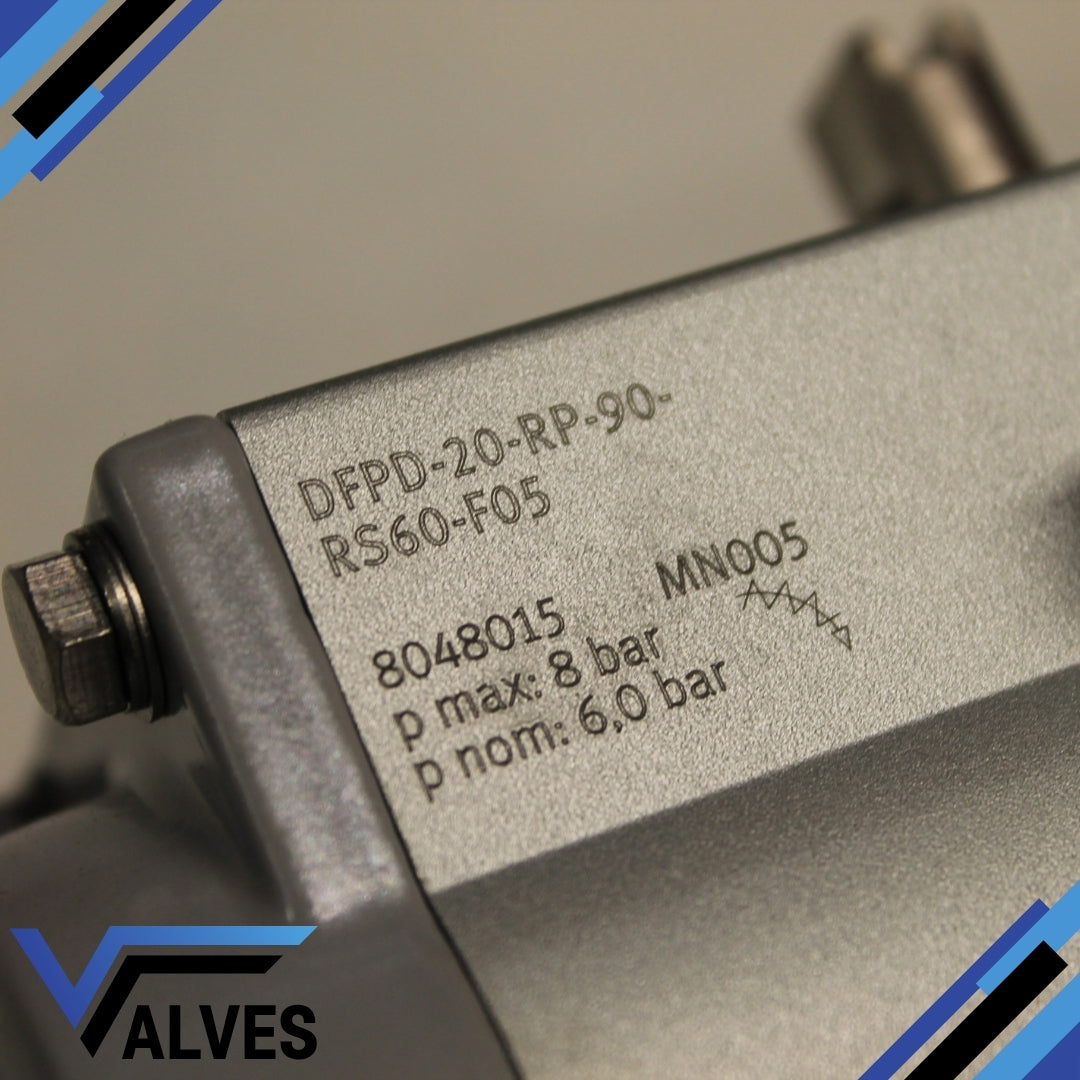
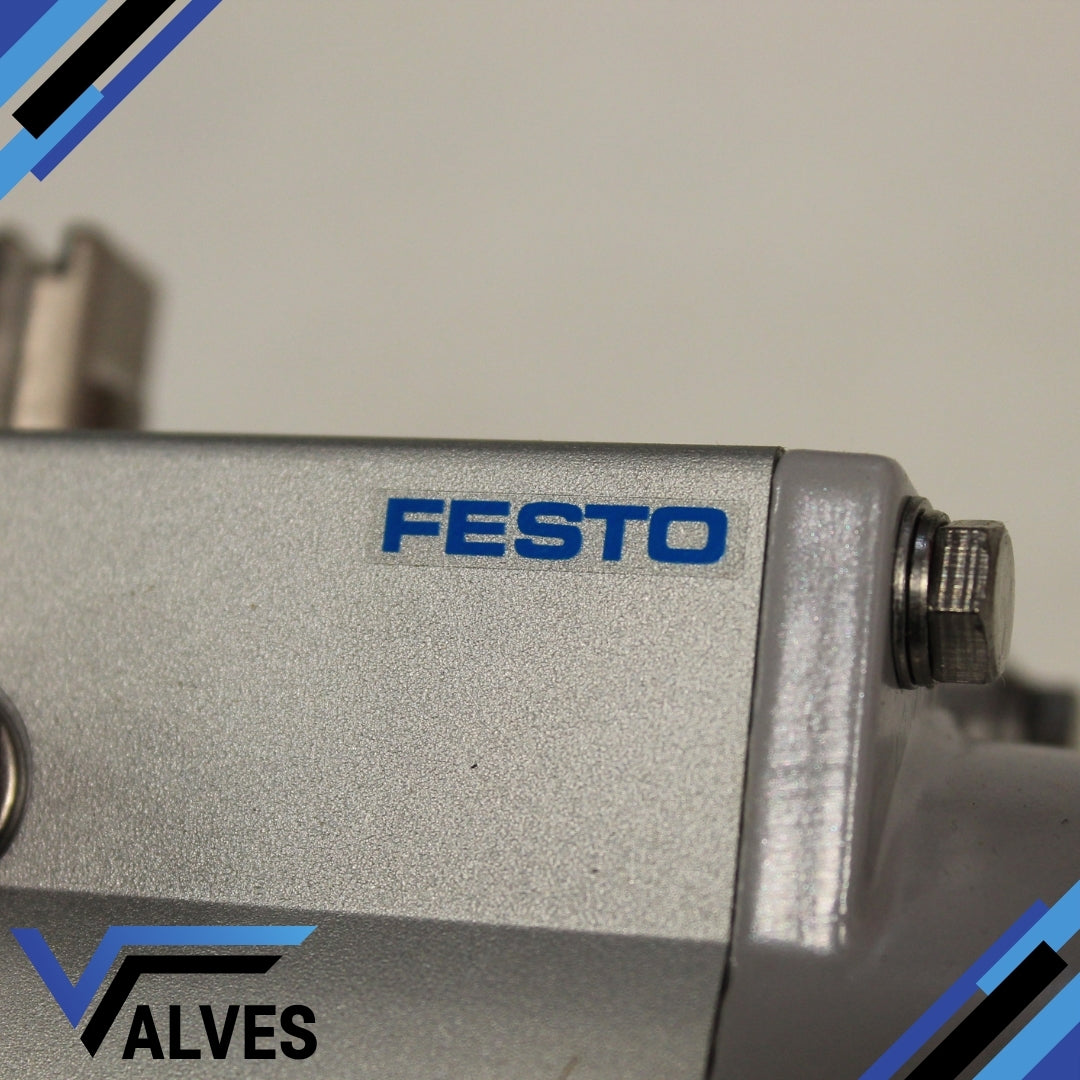
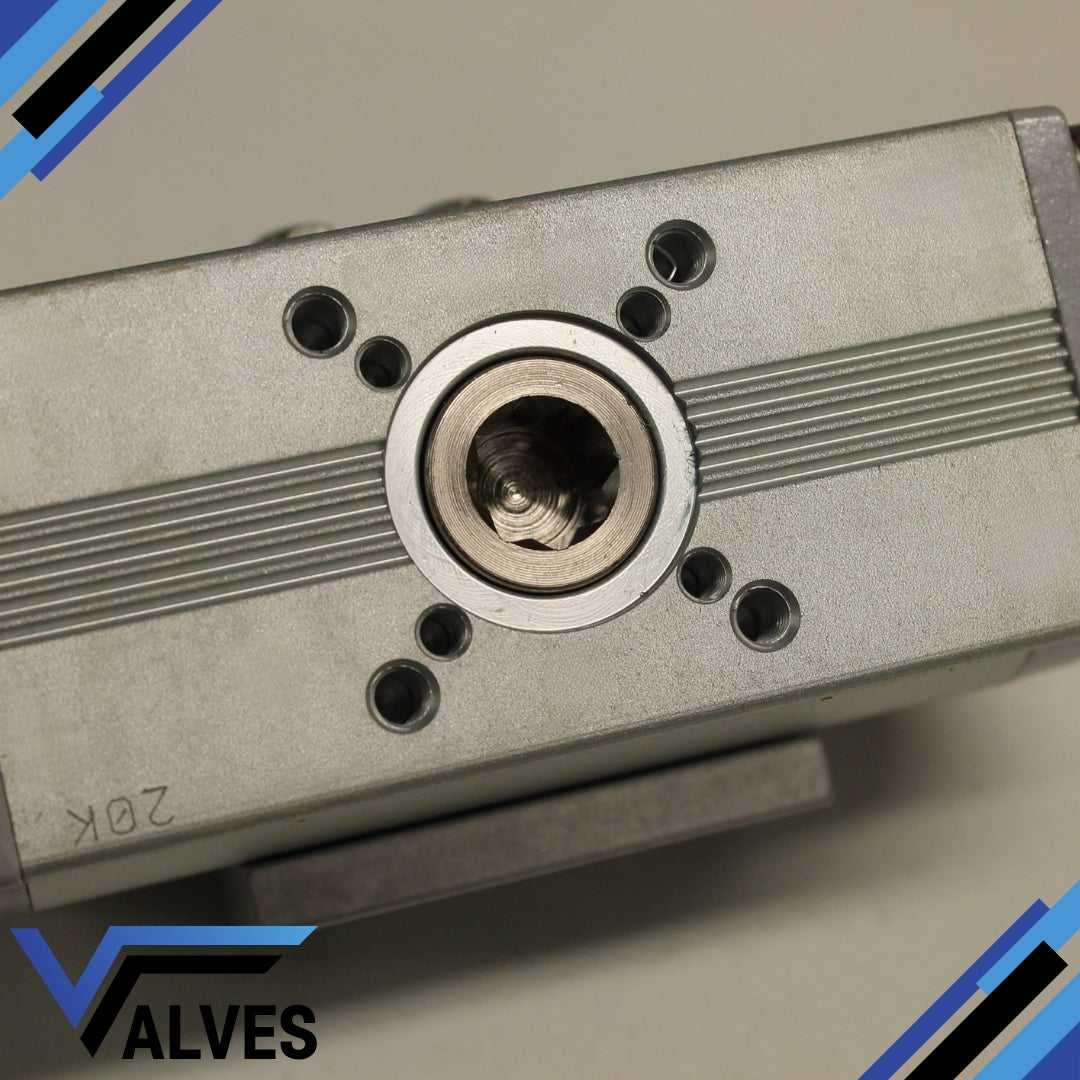
Enquire Online!
FAQ's
What is the difference between a valve and an actuator?
What types of actuators are available?
The main types of actuators are:
Pneumatic actuators – use compressed air for fast, reliable operation.
Electric actuators – use electrical power for precise control.
Hydraulic actuators – use fluid pressure for high-torque applications.
Each type offers unique advantages depending on the environment, media, and system control needs.
How do I choose the right actuator for my valve?
To select the correct actuator, consider:
Valve type and torque requirement
Power source available (air, electric, or hydraulic)
Operating environment (temperature, humidity, hazardous area)
Control signal type (on/off or modulating)
Matching actuator torque and compatibility with the valve’s ISO mounting ensures reliable performance.
What are the main types of valves used in automation?
The most common valves in automated systems include:
Ball valves – for tight shutoff and quick operation.
Butterfly valves – for larger flow control with compact design.
Globe valves – for precise throttling and flow regulation.
Check valves – to prevent backflow.
Gate valves – for full bore flow isolation.
What’s the difference between a double-acting and spring-return actuator?
Double-acting actuators use air (or power) to both open and close the valve.
Spring-return actuators use air to open (or close) the valve, and a built-in spring to automatically return it to a safe position when power or air is lost — ideal for fail-safe operation.
How often should valves and actuators be serviced?
Regular maintenance intervals depend on operating conditions, but a good rule of thumb is to inspect every 6–12 months.
This includes checking for leaks, lubrication, seal wear, and actuator responsiveness to prevent unexpected downtime.







